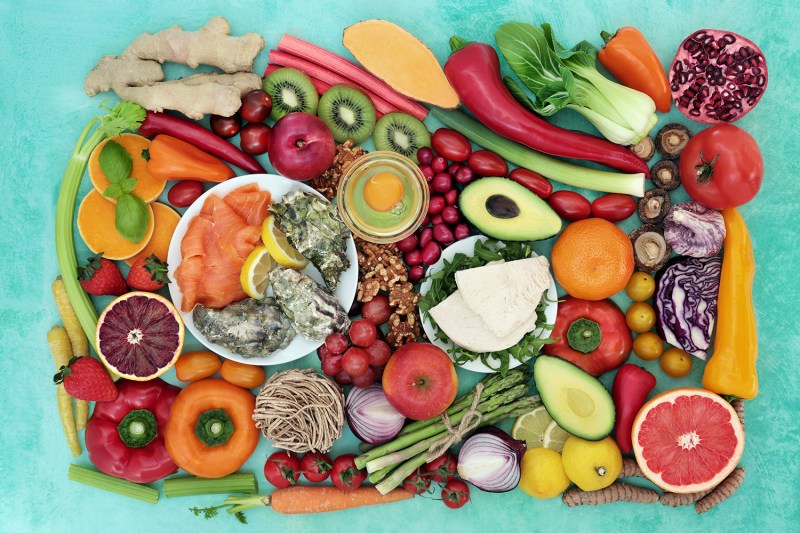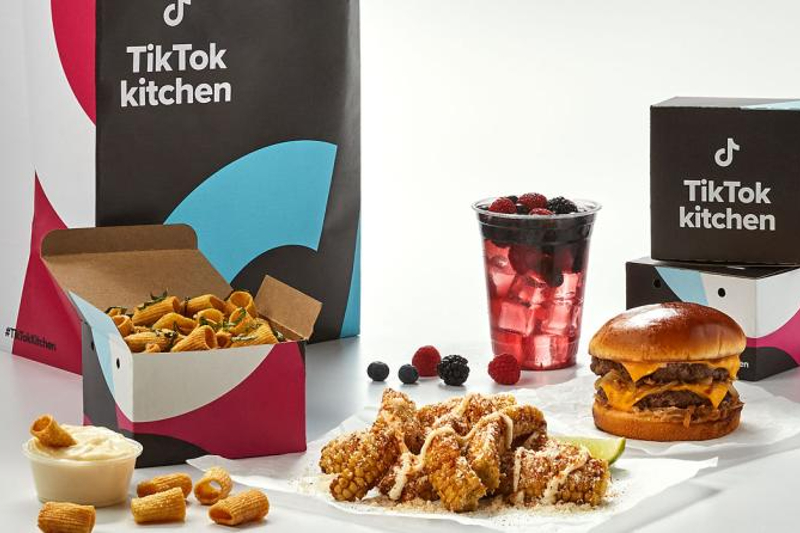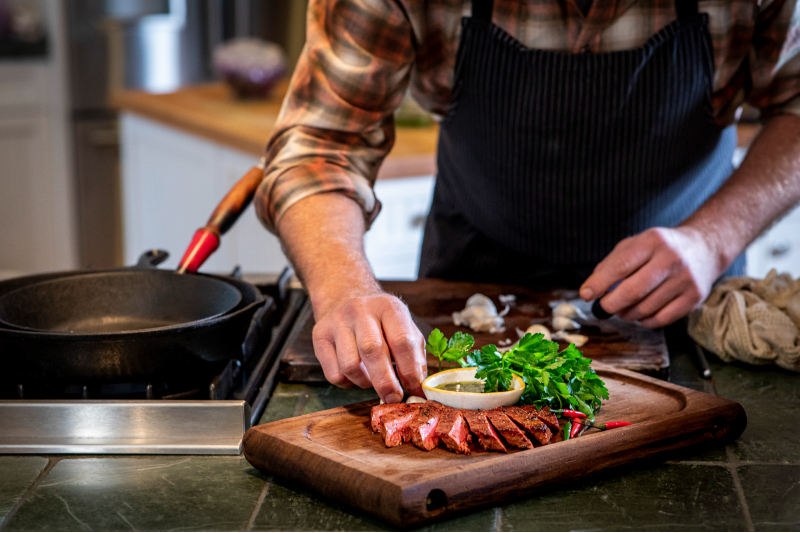Plant-based meats and a lean toward sustainable eats crested during 2021. From celebrity chef Tom Colicchio’s partnership with Meati to The Manual’s December guide to going vegan, the world of cuisine kept up its constant pace with the zeitgeist.
This year has definitely seen more plant-based foods and sustainable packaging to wrap them in, as we are doing what we can to save our planet. We’ve also seen shorter supplies of, well, everything, leading to shorter menus, but longer creativity and fusion.

So what are the biggest food trends have we seen unfold thus far in 2022? Settle in, it’s time to catch up on what’s hot in food and drink this year.
Ghost Kitchens

Like a shadow, a ghost kitchen works to spread dark foods. Actually foods of all types, but only to-go food. Last year, The Manual covered ghost kitchens for trending TikTok foods via Virtual Dining Concepts (VDC). VDC’s co-founder Robbie Earl told Bloomberg Business Week that VDC hopes to start with 300 TikTok Kitchen locations before expanding to 1,000 by next year.
These phantasms have arisen in chain restaurants like Buca di Beppo, which has been easy, seeing as the elder Robert Earl owns those as well. Wendy’s is following suit, planning 700 ghost kitchens over the next five years. Yelp now has a “Virtual Kitchens” option to assist in finding ghost kitchens in your area. And Delish passed on the information that market research firm Euromoniter suggested this could be a “trillion-dollar” industry in the next 10 years.
Plant Dominance

While sustainable packaging may be the biggest focus for restauranteurs, the food industry is focused on plants — edible plants. These range from plant-based proteins to potato milk.
In 2021, fast-food chains rolled out Impossible Foods and Beyond Meat on griddles from coast to coast. Even as Meati jumped into the red mycological meat game, brands tended to move to the other white meats last year.
After Gordon Ramsey presented his vegan bacon on TikTok in July last year, MyForest Foods followed suit with a MyBacon that looks just as crispy and delicious as its porcine cousin. Plant seafood saw huge strides as well with Vegan Zeastar’s fresh “salmon” and “tuna” sashimi.
@gordonramsayofficial Oops I did it again….I played with #Vegan Teachers Heart with this #BLT 😉 #tiktokcooks #learnontiktok
Vegetarianism is truly dynamic now with incredible work from food engineers. Take plant milk, for example. Who needs coconut milk when there’s potato milk? Made from mixing boiled potatoes with the water they’re cooked in, apparently, it’s pretty good, especially with the addition of several other ingredients, including pea protein. DUG is a potato-based milk available now in some European and Chinese locales.
The reason for this concoction? DUG claims that it is 56 times more water-efficient than almonds, requires only half as much land as oats, and is free from the 14 most common allergens.
Related Guides
Sustainable Packaging

If you haven’t noticed the trend yet, there seemed to be a shift in the nature of the to-go containers handed off from eateries in the last year or so. The national push toward sustainable packaging throughout U.S. urban centers seems to have been the last domino to fall.
Whether they’re biodegradable straws or simple cardboard boxes, most restaurants have moved toward some sort of green casing. Healthy food and reusable or recyclable restaurant supplies are more abundant than ever in food establishments.
The “What’s Hot” October 2021 National Restaurant Association survey of more than 350 professional chefs ranked sustainable packaging as the top trend for 2022. The report also said eaters are refocusing on food that’s better for them after choosing comfort foods during the COVID-19 pandemic. Immunity-boosting snacks and ingredients, plant-based sandwiches, and alternative sweeteners all made the list for the top 10 2022 trends.
Limited but Creative Menus

Have you tried to buy chicken wings lately? Prices are through the roof for most meat and vegetable products. Phrases like “supply chain” carry dire consequences now.
The “What’s Hot” news predicts menu streamlining will likely continue. Restaurant Dive cites Hudson Riehle’s speech at the DoorDash Mainstreet Strong Conference. The senior vice president for research and knowledge at the National Restaurant Association said that simple logistics forced 8 out of 10 table-service restaurants to shorten menus. These shorter menus can save labor costs and reduce waste. They can also lead to more creative options.
Food & Wine-interviewed chefs showed optimism for fewer options.
“Chefs will take a creative approach toward minimizing waste and creating flavors from the ingredients themselves. Streamlining the menu to focus on delicious food without too many choices will help businesses effectively manage their costs,” Vinson Petrillo, executive chef of Zero Restaurant + Bar told the outlet from Charleston, South Carolina.
Food Fusion

It would seem strange to see this collision of food trends happening even as people continue to stay home, were it not for the necessity involved. When you can’t get enough Lebanese ingredients, you decide to combine a few Japanese vegetables from the Asian market. Suddenly you’ve invented a new food type. Humans are endless experimenters and artists with food, which means they’re often adventurous eaters as well.
The nonprofit International Food Information Council’s March 2021 survey found that 23% of respondents said they had experimented with different cuisines, ingredients, or flavors since the start of the pandemic. That’s one in four people trying new things in the past year. Now that the world has discovered Korean tacos, Japanese-Argentinian ceviche, and Tijuana hot dogs, there will only be more strange and wonderful combinations on the horizon.



